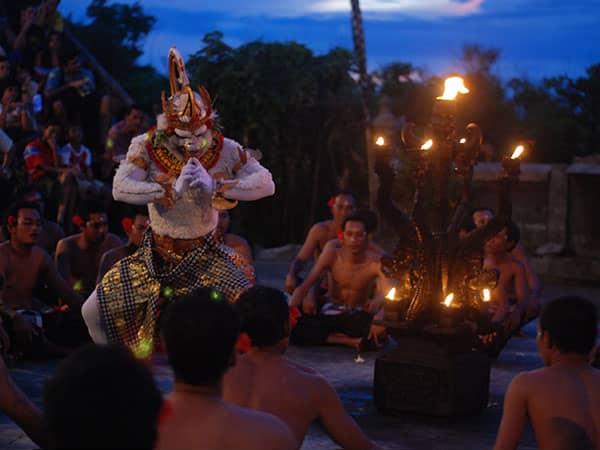Hindu Art and Architecture
George Michell
Thames & Hudson, 224pp.
A book on Hindu art and architecture shows tradition doesn't have to be dull, says George Knott.
The history of the reverential art and architecture of any religious faith may, by its very definition, be characterised by an inherent conservatism. Hinduism is no exception. But, where others could see stagnant intransigence, George Michell's book, Hindu Art and Architecture, covers the four millenniums of its artistic expression with a deep respect for a rich and powerful tradition.
The in-built conservatism of Hindu artistic expression stems from its ancient scriptures, which have carefully defined doctrines that formally determine the strategy and detail of the physical representation of worship. Through the generations and the political upheavals of India's history, Hindu painters, sculptors and architects have, as a matter of faith, adhered closely to this dogma.
This is not to say that Michell's story is uneventful. Of course, four millenniums are bound to throw up some development and change. In the early years, the development of Hinduism, from its Buddhist roots, is carefully charted.
The sophisticated refinement of the faith, and the demographic expansion of its following, during the middle centuries establishes the foundations of its artistic heritage. The temporary "suspension" of Hindu art forms during the Mughal rule of the 13th and 14th centuries and the influence of other colonisers in the later years, such as the Portuguese and the British, are fully discussed and illustrated.
Further variety in artistic expression derives from the range of regional nuances in style. These appear to be closely linked to the patronage of the various ruling families who used the art that they commissioned to bolster their self-claimed status of quasi-deity. Michell chooses to mention, but not to explore, the significant socio- political issues within such a power dynamic.
The architectural (as in buildings) content within this book is slim, compared with the other art forms. It, nevertheless, embodies the basic thrusts of Michell's general account. The lore of Hindu architectural form has been set in ancient building manuals known as Vastu Shastras. These prescribe a formal, precise, mathematical methodology for architectural form, proportioning and ornamentation. Disparate development in the distinct geographical regions and the influences of other ecclesiastical forces generate considerable variety from the framework of a reactionary doctrine.
The quintessential metaphysical act of devotion sets the premise for architectural form. A processional and axial route towards an inner sanctum in order to address, face-to-face, a deity of specific devotion generates a theatrical formality to the layout of every temple. Proportions (both in plan and section) and decoration, even in the simplest of shrines are all an expression of this crescendo of experience. This is what gives the architecture its power.
In true Thames & Hudson style, this volume has an academic slant. Full referencing, a glossary-cum-index and a broad bibliography make this a good introductory text. The title is somewhat misleading, and it should be noted that it focuses solely on India and does not attempt to cover the other Hindu countries. The categorisation of history geographically can cause it to read somewhat like a travel guide, and it would indeed be a very good supplement to the average tourist guide.
There are two holes in Michell's account, which would have been interesting to include. Firstly, Hinduism is seen, not as a religion, but more as a holistic way of life. The Hindu arts are universally expressed, not just in the temples and palaces. Even the most modest rural dwellings can contain expressions of the Vastu Shastras yet this account fails to contemplate this populist aspect of Hindu artistic expression.
Secondly, Michell's account thins out during the 20th century, and all but dries up on the subject of contemporary Hindu arts where exciting developments are emerging. The previous royal patronage of Hindu art forms is being replaced by a more recent trend. In defiance of past conservatism, sponsorship of new temples and works of art now comes from commerce and middle class communities. Painting, in particular, has a new, vibrant, commercial edge.
Contemporary Hindu artistic expression may be the karma running over the dogma.

